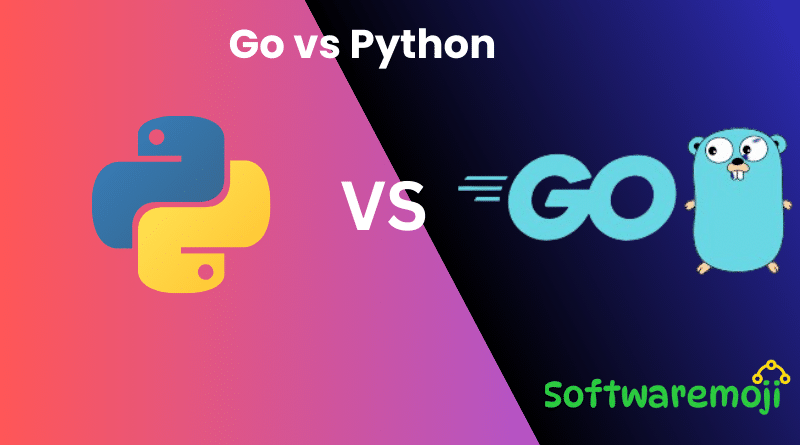
👉Go vs Python
Go vs Python: Choosing the right programming language is crucial for your project’s success. In this detailed comparison, we’ll explore the key differences between Go (Golang) and Python, highlighting their strengths, weaknesses, and ideal applications.
👉What is Golang?
Go vs Python: Golang, commonly known as Go, is an open-source programming language developed by Google. It’s a statically typed and compiled language that excels in concurrent programming, making it ideal for scalable systems. Go efficiently handles memory management through its garbage collection feature.
👉Key Features of Go Language
Go vs Python
- Open-source and developed by Google.
- Compiled language for faster performance.
- Built-in concurrency support using goroutines and channels.
- Efficient garbage collection for automatic memory management.
- Strong support for static typing.
- Lightweight syntax with improved code readability.
👉What is Python?
Python is a high-level, object-oriented programming language known for its simplicity and versatility. It emphasizes code readability and is widely used in web development, data science, AI, and machine learning.
👉Key Features of Python
- Easy to learn, write, and maintain.
- Offers dynamic typing for flexible coding.
- Extensive library support for various domains.
- Provides automatic garbage collection.
- Compatible with multiple operating systems like Windows, macOS, and Linux.
- Suitable for both small-scale projects and large system applications.
👉Key Differences Between Go and Python
| Feature | Go Language | Python Language |
| Programming Paradigms | Procedural, Functional, Concurrent | Object-Oriented, Functional, Procedural |
| Typing System | Statically typed | Dynamically typed |
| Focus Area | System programming, Backend development | Data science, Web development |
| Concurrency Support | Built-in concurrency with goroutines | No in-built concurrency support |
| Exception Handling | No exceptions; uses error handling | Provides exception handling |
| Inheritance | Not supported | Fully supports inheritance |
| Syntax | Uses braces {} for code blocks | Uses indentation for code blocks |
| Performance | Faster due to compiled nature | Slower compared to Go |
| Community Support | Growing steadily | Extensive community support |
| Library Support | Limited libraries | Extensive libraries for various domains |
| Salary (US Market) | Avg. salary: $64,089/year | Avg. salary: $120,359/year |
👉Advantages of Using Go Language
✅ Efficient performance due to compiled code.
✅ Ideal for building scalable backend systems.
✅ Enhanced concurrency support for running multiple processes.
✅ Simple syntax improves code readability.
✅ Strong static typing ensures fewer runtime errors.
👉Advantages of Using Python Language
✅ Extensive libraries for AI, data science, and web development.
✅ User-friendly syntax ideal for beginners.
✅ Flexible coding with dynamic typing.
✅ Python’s large community ensures better support and resources.
✅ Ideal for rapid application development and prototyping.
👉Disadvantages of Go Language
❗ Limited third-party library support compared to Python.
❗ Requires writing more code for the same functionality.
❗ No built-in support for object-oriented programming.
👉Disadvantages of Python Language
❗ Slower performance compared to compiled languages like Go.
❗ Limited for mobile app development.
❗ More prone to runtime errors due to dynamic typing.
👉Which Language Should You Choose?
Go vs Python
- Choose Go if you’re working on high-performance systems, cloud services, or require concurrent processing.
- Choose Python if you’re developing web applications, AI models, or data analysis tools.
Go vs Python Both languages have unique strengths, and the right choice depends on your project’s goals and technical requirements.
